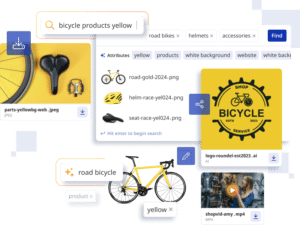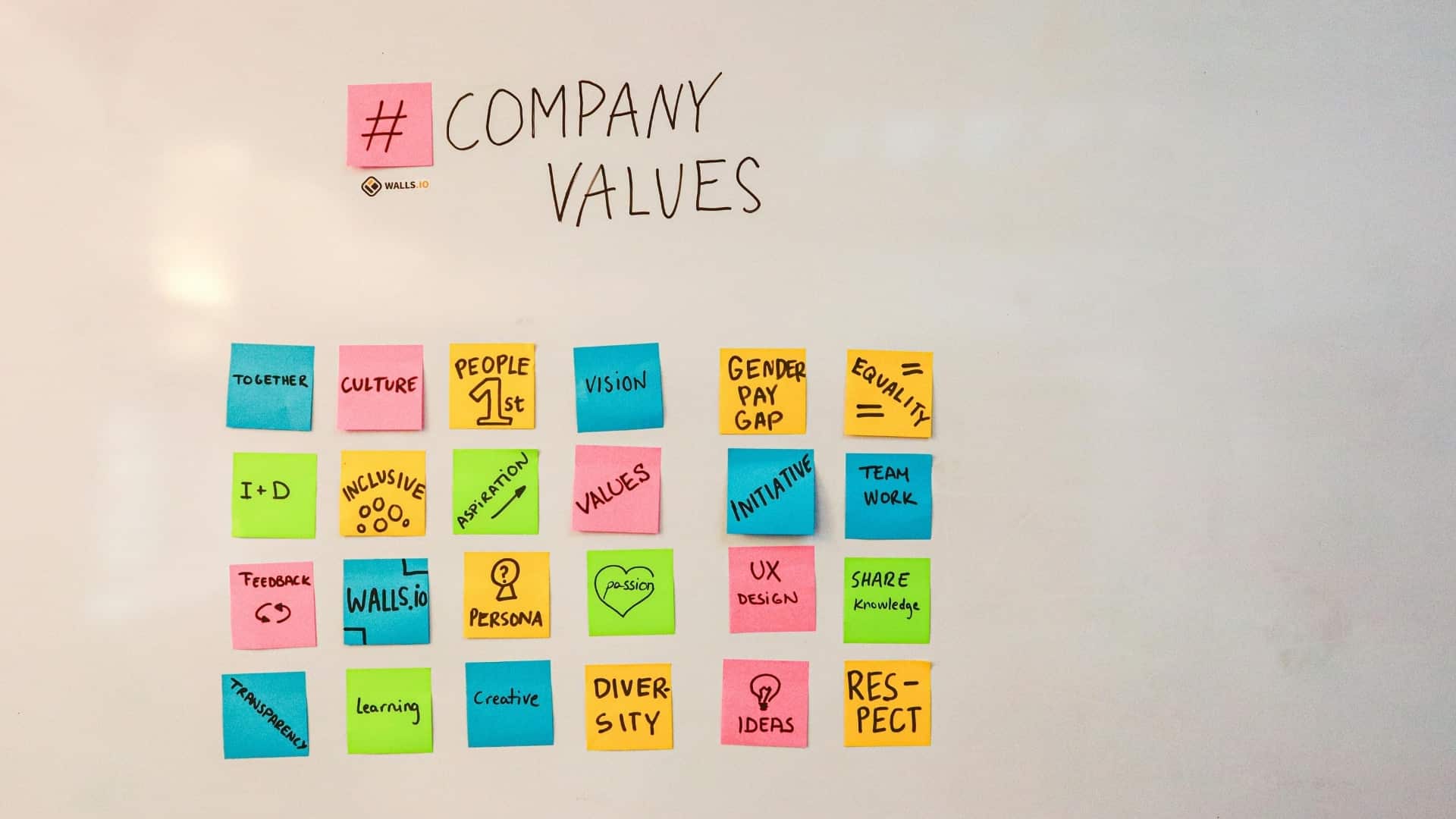Why Brand Guidelines Are Essential For Every Business

Why Brand Guidelines Matter—And How A DAM System Keeps Your Brand Consistent
A strong brand is more than just a logo. It’s a carefully crafted identity that builds trust, recognition, and customer loyalty. However, as teams grow, campaigns scale, and assets are shared across multiple platforms, maintaining brand consistency becomes a major challenge.
Without well-defined brand guidelines, companies risk:
- Inconsistent visuals and messaging. Leading to a fragmented brand image.
- Mismatched logos, colors, and typography. Weakening brand recognition.
- Teams using outdated or unauthorized assets. Causing brand confusion.
- Lost productivity. As designers and marketers waste time searching for approved assets.
Solution: A Digital Asset Management (DAM) System Like ASMBL Centralizes Brand Guidelines, Ensuring Teams Always Use The Right Assets, The Right Way.
Let’s explore why brand guidelines are essential and how DAM helps brands maintain consistency at scale.
What Are Brand Guidelines?
Brand guidelines—also known as brand books, brand style guides, or brand cards—are a set of rules that define how a brand should be presented across all channels.
They typically include:
- Logo Usage. Placement, sizing, and variations.
- Color Palette. Primary and secondary brand colors with exact codes (HEX, RGB, CMYK).
- Typography. Approved fonts, sizes, and hierarchy.
- Imagery And Graphics. Photography style, iconography, and design elements.
- Tone Of Voice. How the brand should “sound” in messaging and copy.
- Usage Rules. Clear dos and don’ts for consistency.
Pro Tip: Store All Brand Guidelines Inside A DAM System Like ASMBL So Teams Always Work With The Latest, Approved Branding Elements.
Real-World Examples: How Businesses Use Brand Guidelines
- Global Retail Brands: Keeping Branding Uniform Across Locations
- Challenge: A retail company operates in multiple regions, each with different teams creating marketing materials.
- Solution: A DAM-powered brand guideline system ensures every store and marketing team follows the same branding rules, no matter where they are.
Example: A fashion retailer stores all brand assets, fonts, and campaign visuals inside ASMBL’s DAM, ensuring that every advertisement and in-store display aligns with global branding.
- Creative Agencies: Managing Multiple Client Brand Books
- Challenge: Agencies work with multiple brands, requiring quick access to client-specific branding guidelines, logos, and assets.
- Solution: A DAM system categorizes each client’s brand guidelines and assets separately, making it easy to retrieve approved content.
Example: A digital marketing agency uses ASMBL’s DAM to organize brand books and campaign materials for 15+ clients, reducing errors and improving efficiency.
- Media & Entertainment: Maintaining Visual Identity Across Platforms
- Challenge: A media company produces video content, print ads, and social media graphics, making brand consistency a challenge across multiple formats.
- Solution: A DAM system stores brand-approved templates, typography, and video overlays, ensuring all teams follow the same creative direction.
Example: A streaming service uses ASMBL’s DAM to store branding elements like lower-thirds, thumbnails, and logo animations, keeping every piece of content visually cohesive.

How A DAM System Enhances Brand Guideline Management
Without a DAM system, companies face:
- Scattered brand assets. Making it hard for teams to find the right logo or brand color codes.
- Outdated or incorrect branding. Leading to inconsistencies across marketing channels.
- Slow content approvals. Delaying campaign rollouts and branding updates.
How ASMBL’s DAM-Powered Brand Guideline Management Helps:
- Centralized Brand Asset Library. Stores all logos, fonts, colors, and guidelines in one place.
- AI-Powered Search & Tagging. Instantly find approved brand elements with metadata filtering.
- Version Control & Approvals. Ensures teams only use the latest, brand-compliant assets.
- Role-Based Access Controls. Restricts unauthorized edits to brand elements.
- Automated Workflows. Speeds up branding approvals and content distribution.
Lesson: A DAM System Ensures Brand Guidelines Aren’t Just Documented—They’re Enforced Across Every Asset, Campaign, And Marketing Channel.
Best Practices For Managing Brand Guidelines With DAM
Store All Brand Guidelines In A Single DAM System
- Keep logos, fonts, color codes, and brand messaging in one searchable library.
- Ensure all teams use pre-approved branding elements.
Automate Approvals For Branding Assets
- Set up automated workflows to approve brand-related content.
- Allow brand managers to review and update guidelines easily.
Create A Brand Template Library
- Store pre-designed templates for social media, presentations, and marketing materials.
- Ensure teams use consistent layouts and design elements.
Enforce Access Controls For Brand Assets
- Prevent unauthorized users from editing brand guidelines.
- Assign role-based permissions to ensure brand integrity.

Why ASMBL Is The Best DAM For Brand Guideline Management
If your brand struggles with inconsistent visuals, outdated assets, or slow content workflows, ASMBL provides the ultimate DAM solution for brand guideline enforcement.
What Sets ASMBL Apart?
- AI-Powered Search & Tagging. Instantly find and organize brand elements.
- Automated Approval Workflows. Speed up branding updates and content distribution.
- Version Control & Approvals. Ensure teams always use the latest brand assets.
- Secure Access Controls. Prevent unauthorized edits to brand guidelines.
With ASMBL’s DAM, brand teams can maintain consistency, streamline content management, and execute marketing campaigns with complete confidence.
The Future Of Brand Management: Why Businesses Must Act Now
A lack of clear brand guidelines leads to disorganized assets, inconsistent messaging, and weaker brand recognition. Brands that fail to manage their guidelines effectively risk confusing their audience and losing credibility. A DAM-powered brand guideline system ensures brand consistency, faster asset retrieval, and seamless content production—keeping businesses ahead in competitive markets. If your brand struggles with scattered assets, branding inconsistencies, or slow approvals, it’s time to upgrade.
Discover how ASMBL’s DAM helps businesses centralize, manage, and enforce brand guidelines.
Want to know more about digital asset management?


